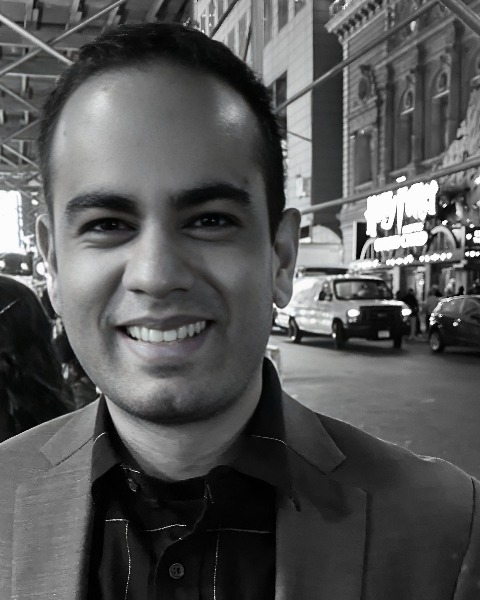ICTD 2025
Public Transport
Improvements in Public Transportation
Reducing US Transit Costs: An Empirical Review & Case Study of Portland, Manchester Rail Systems
Tuesday, June 10, 2025
9:00 AM - 9:15 AM MT
Room: Cira C

Chetan Sharma, PE
Transportation Engineer
VHB
Brooklyn, New York, United States
Primary Author(s)
Abstract: The cost to build and operate transportation infrastructure, including mass transit, in the United States is consistently higher than it is elsewhere in the developed world. As America’s population becomes increasing urban, addressing this issue will become increasingly important. This study seeks to understand why this cost discrepancy exists, and what to do about it, through a review of existing cost data (using operations costs from the US and International governments, and capital cost data from prior studies) and a comparative case study analysis. Two light rail systems, MAX (in Portland, Oregon) and Metrolink (in Manchester, UK), share many design and operations characteristics, and recently completed two similar capital projects. While MAX’s operations and capital costs are lower than the national average, they remain above comparable costs for Metrolink. This similarity in specifications, combined with a divergence in cost, provides an opportunity to understand why US transit is comparatively expensive. Based on this evaluation, we develop 14 policy recommendations to reduce capital and operating costs for transit facilities in the US.
In regards to capital costs, these recommendations include (1) reducing abuse and misuse of the environmental review process, (2) clarifying project governance structures to ensure a confluence between project authority and project responsibility, (3) developing comprehensive design standards, (4) avoidance of overdesign, and (5) developing a public database of unit costs for transit projects. In regards to operations costs, these recommendations include (1) embracing modern updates to rolling stock design, (2) embracing franchise contracting, (3) increasing transit speed, (4) catering transit fares to match passenger’s ability to pay, (5) reforms to equipment procurement regulations, (6) adjusting train lengths based on demand, (7) cleaning trains during the day time to the extent possible, (8) avoiding mixed capital and operations contracts, and (9) considering automation as a means to further reduce operations costs while improving service reliability and frequency.
More information on our research project can be found here: https://c2smarter.engineering.nyu.edu/reducing-us-transit-costs-an-empirical-review-and-comparative-case-study-of-portland-manchester-rail-systems/
In regards to capital costs, these recommendations include (1) reducing abuse and misuse of the environmental review process, (2) clarifying project governance structures to ensure a confluence between project authority and project responsibility, (3) developing comprehensive design standards, (4) avoidance of overdesign, and (5) developing a public database of unit costs for transit projects. In regards to operations costs, these recommendations include (1) embracing modern updates to rolling stock design, (2) embracing franchise contracting, (3) increasing transit speed, (4) catering transit fares to match passenger’s ability to pay, (5) reforms to equipment procurement regulations, (6) adjusting train lengths based on demand, (7) cleaning trains during the day time to the extent possible, (8) avoiding mixed capital and operations contracts, and (9) considering automation as a means to further reduce operations costs while improving service reliability and frequency.
More information on our research project can be found here: https://c2smarter.engineering.nyu.edu/reducing-us-transit-costs-an-empirical-review-and-comparative-case-study-of-portland-manchester-rail-systems/
Learning Objectives:
Attendees can expect to learn the following from this session:
- Understand the operations and capital cost discrepancy which exists between projects in the US and elsewhere in the developed work, and understand that this discrepancy isn't unique to transit.
- Recognize some concrete policy solutions to this cost discrepancy
- Determine which of these policy solutions can be enacted by government agencies, by engineers and consultants, and by advocated seeking policy changes.
